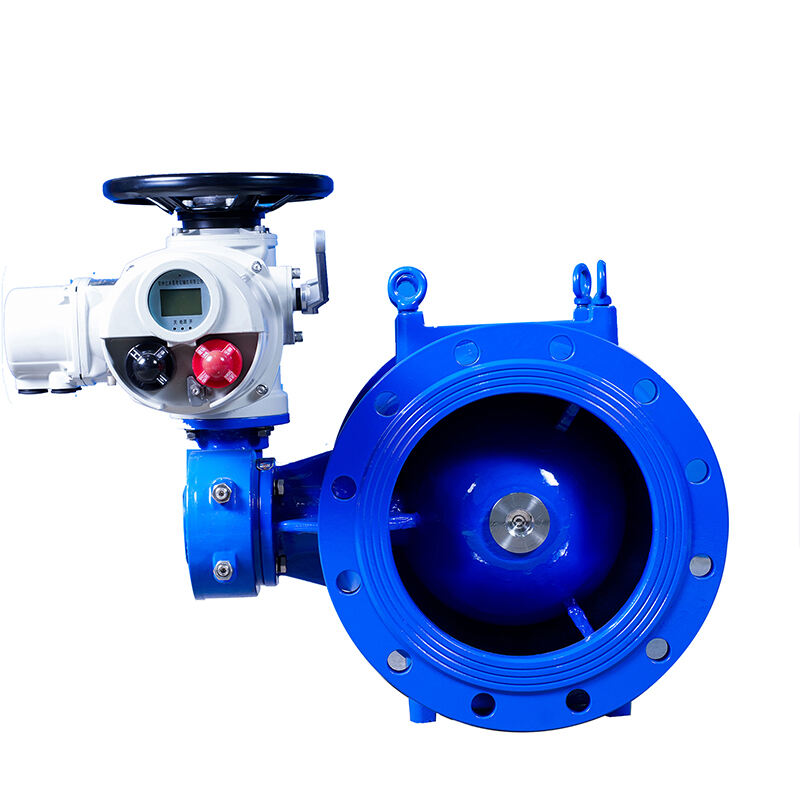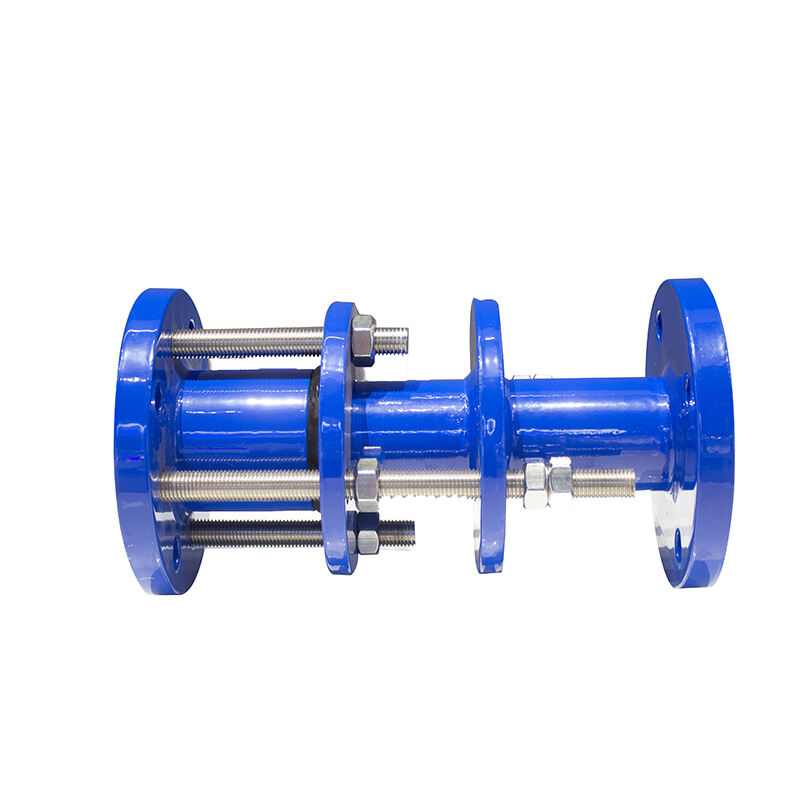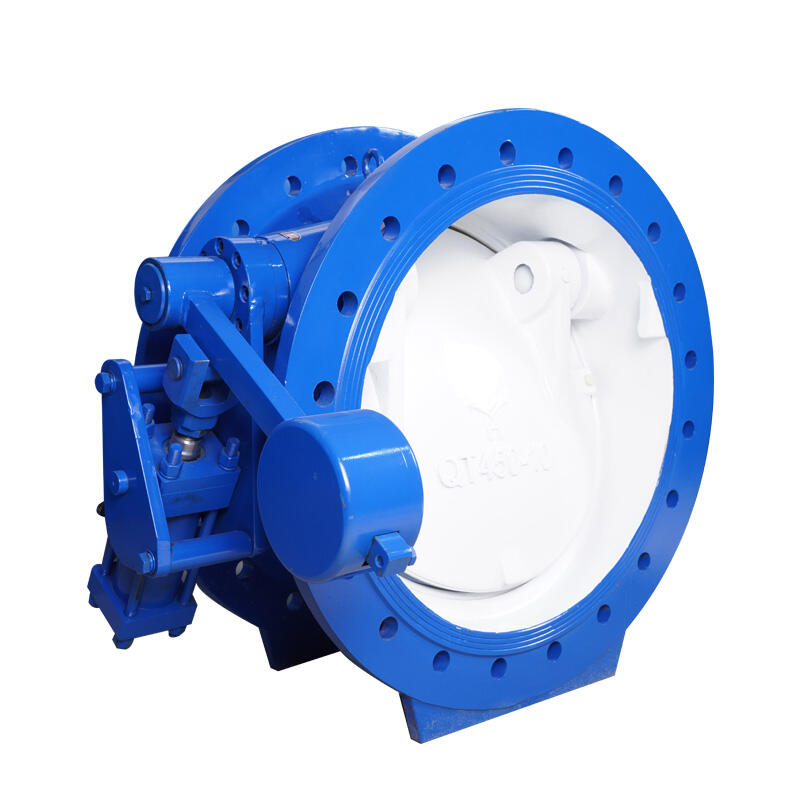fire hydrant gate valve
A fire hydrant gate valve is a critical component in fire protection systems, serving as a crucial control mechanism for water flow to fire hydrants. This specialized valve is designed to provide reliable and efficient control of water supply during firefighting operations. The valve features a robust construction, typically made from high-grade ductile iron or cast iron, with internal components crafted from corrosion-resistant materials. The gate valve operates through a simple yet effective mechanism where a wedge-shaped disc moves perpendicular to the flow, allowing for complete shutoff or full flow of water. Modern fire hydrant gate valves incorporate advanced sealing technology, ensuring zero leakage when closed and maintaining system integrity. These valves are engineered to withstand high pressure ratings, usually between 200 to 250 PSI, making them suitable for various municipal water supply systems. The design includes a non-rising stem configuration, which protects the operating mechanism from environmental damage and tampering. Most models feature standardized operating nuts that are compatible with standard fire department wrenches, ensuring quick access during emergencies.


